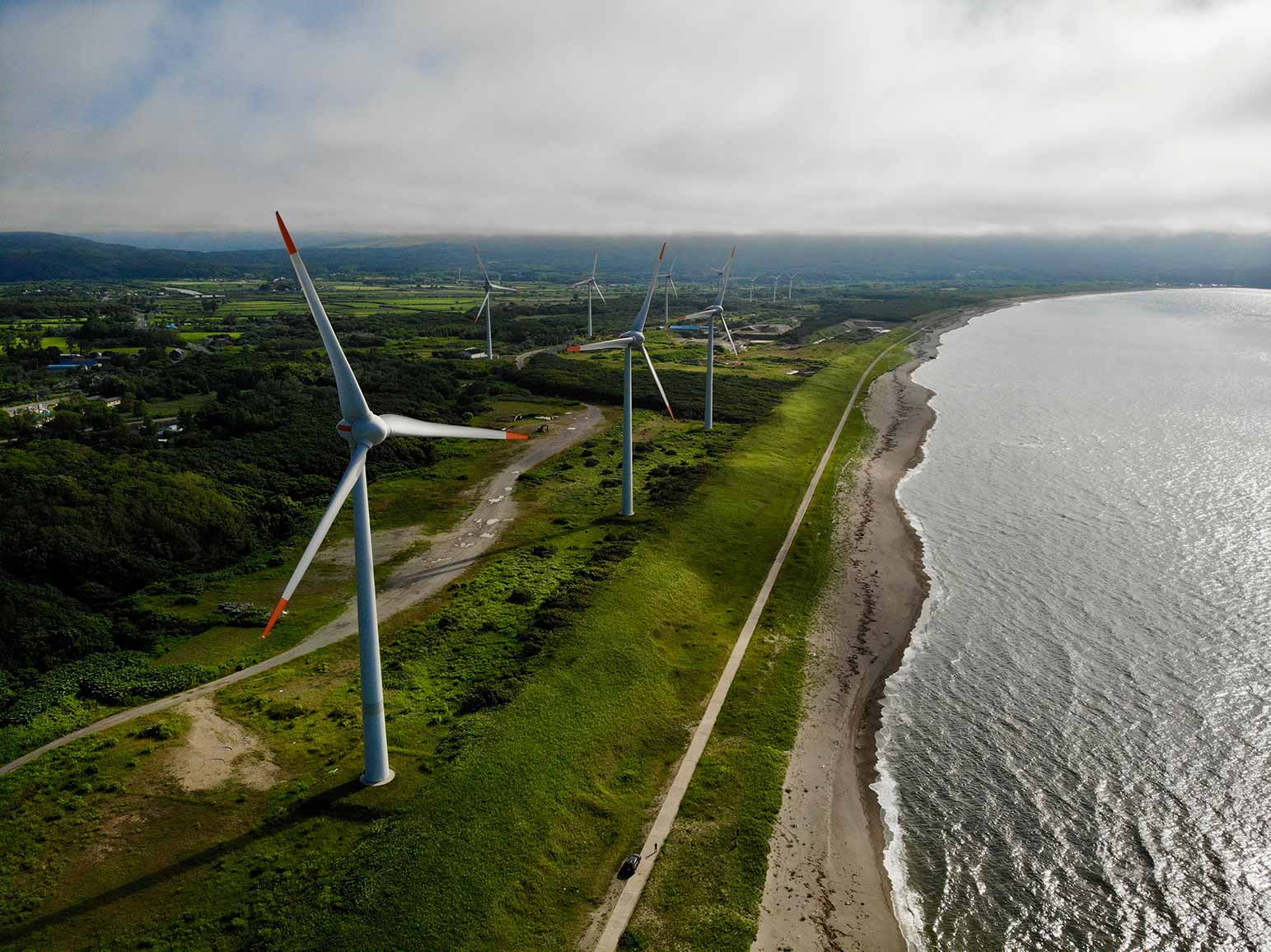Why is it that there’s so much noise and debate when it comes to wind energy land lease management? After all, a land lease for a wind farm is like any other contract – an agreement that is fair, representative, and negotiable.
I believe this suspicion stems from years of mistrust and misunderstandings. Where these contracts should be mutually beneficial agreements, they have historically become a bone of contention. Why, you ask?
Well, landowners are often not informed of contract essentials, asset managers have forgotten past promises or the 20+ year obligations that should have been win-win partnerships have become fodder for anti-wind propaganda. Sound familiar?
As a developer of a wind energy project, there’s a lot to keep in mind when presenting a landowner with his first lease. Let’s talk about the four major misunderstandings, and how you can avoid them.
#1. Option to Lease Is an Actual Lease
When a landowner initially negotiates a wind land lease agreement with a party that’s considering putting wind turbines in an area, they’re most likely signing an option to lease rather than an actual lease. However, landowners aren’t always educated on the difference between the option and the actual lease. And trust us, this difference matters.
During the option period, the developer is paying a relatively modest annual fee (five years being the industry standard) to do the exploration and development they need (like technical or environmental studies) to see if they should go ahead with this wind farm.
If, after years of hard work, analysis and commercial success, the developer decides to move forward, they’ll exercise their option to lease and convert this document into an actual lease. This is when they start putting infrastructure on the land and paying landowners real money. In an ideal world, the initial agreement of five years would be enough. However, with a number of real world constraints and restrictions in place, the evaluation period is often much longer.
I have come across multiple cases where the option to a wind land lease has been extended for 10-12 years because the developer believes that at some point in the future, this land will be viable. They neither exercise nor relinquish their rights, leaving the land owner frustrated for being in a contract that has no completion date. In such circumstances, the misunderstanding between the option and the actual can lead to lots of disappointment on both sides.
Avoiding this misunderstanding is pretty easy. All you have to do is communicate. If you’re a wind developer, make sure that landowners understand the difference between the option and the actual lease, and the possibility of a longer than promised option period.
#2. 100% of Leased Land Will Have Infrastructure
A developer has options over acres and acres of land, but will they actually be using all of it? *drumroll* Highly unlikely.
When entering into an option-to-lease with several neighboring landowners, a developer shoulders the responsibility of making it clear that their lands may be used differently.
While Andrew’s plot of land may have two turbines, Jack’s land may only have access roads built on it, and Sara’s might have no infrastructure at all. When landowners discover that their reward for years of loyalty is a big fat zero in terms of infrastructure, they’ll inevitably feel disappointed.
Even though some disappointment is unavoidable, it can be managed by explaining these potential outcomes up front so that landowners are aware from the get go that an option-to-lease is not a guarantee of getting infrastructure – and corresponding income – on their land.
# 3. All Land Damages Are Compensated
One of the most worrying concerns landowners have is damages caused to their property during the lifecycle of a wind project. A comprehensive wind land lease agreement should cover the liabilities and responsibilities of both parties. It should make a clear distinction between direct damage and consequential damage – both which have varying levels of coverage.
Before you get confused, consider this. If a maintenance crew ruins a farmer’s crops by digging up parts of the land during harvest season, the farmer must be compensated for this ‘direct’ loss. However, if the landowner later claims damages due to changes in drainage patterns on the land, a wind land lease agreement would have clauses in place to limit exposure to such consequential results.
To avoid this misunderstanding, it’s important to communicate contracts and obligations clearly. Make sure that all parties understand the concepts of covered and uncovered damages and liabilities.
#4. Land Lease Agreements Can Be Forgotten
Behold! The mother of all misunderstandings in wind energy land lease management – dishonoring one’s agreements. No developer should stand for it.
Inherent in the project’s nature is a long timeline, which often results in the project itself changing hands a few times. Based on my experience, it’s very common for wind land lease agreements, and in particular, special conditions or commitments, to be forgotten.
If a landowner is promised that her land won’t be accessed during harvesting, you can bet she wants this commitment upheld. Or if a landowner is assured that his land will be restored after construction, you should know that he’s relying on this obligation. When developers forget these conditions, they alienate their landowners.
Hence, once a commitment is made, it should be remembered and honored by everyone involved. Being the number one source of mistrust between landowners and renewable energy developers, forgotten contractual obligations should be clearly translated and handed-off responsibly. Thoughtful and rigorous record-keeping is the best solution to this potential misunderstanding.
Are You Dealing With Any of These Misunderstandings?
If you’re an experienced wind developer, chances are you have come across these misunderstandings at least once in your career, if not numerous times.
The solution? It’s simple, it’s logical and it’s right under our noses: the implementation of an efficient wind asset management platform. One that not only streamlines workflows, hand-offs and agreements – it also acts as a reminder for some of our more forgetful players in the industry.
Such a platform gives you the data and information needed to communicate effectively with your landowners. Thus improving efficiency and productivity.
With the right tools and approaches in your arsenal, you’ll avoid these misunderstandings, cultivate positive relationships with your leases, and optimize wind asset management.




